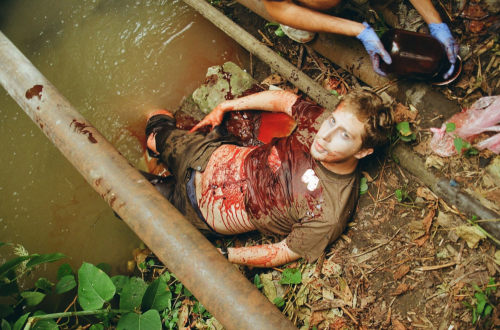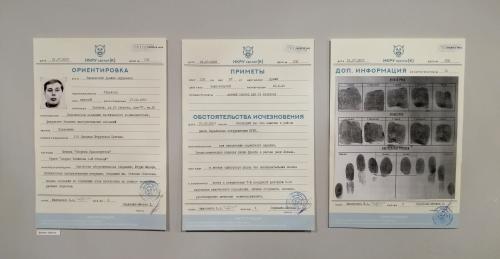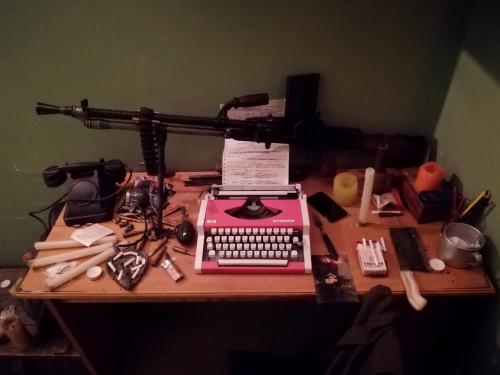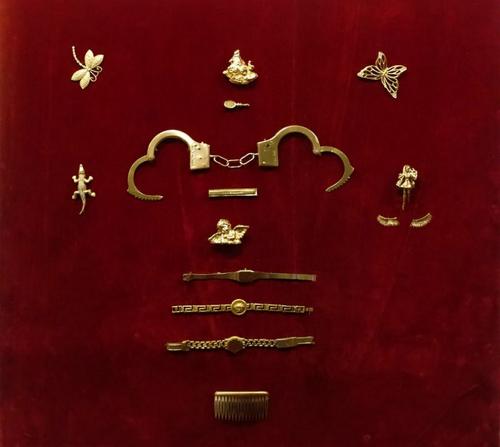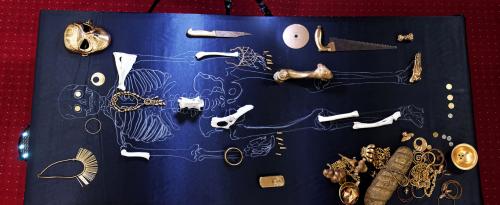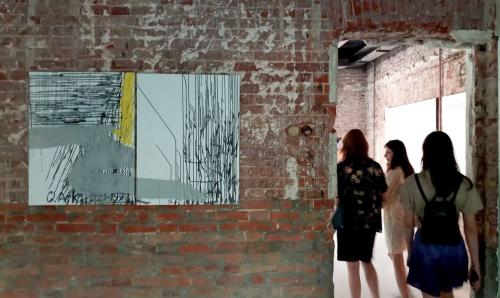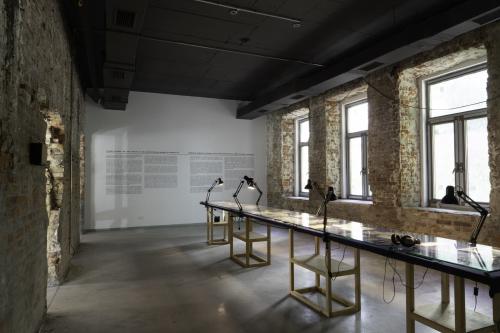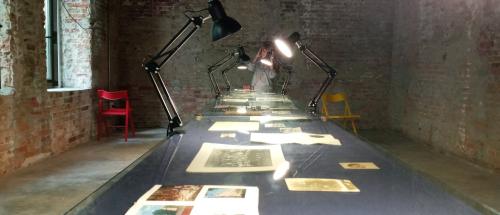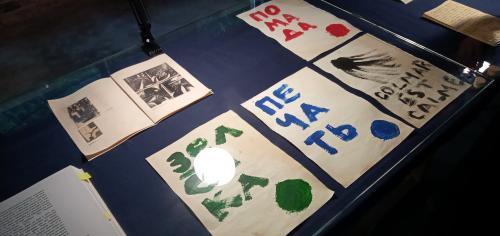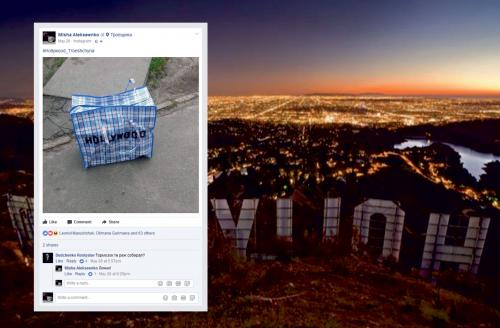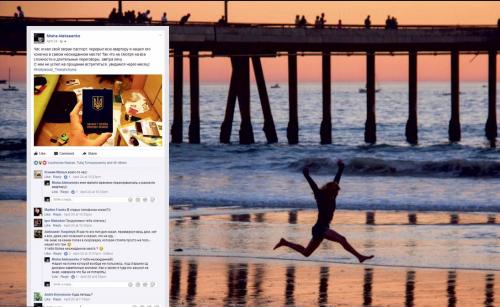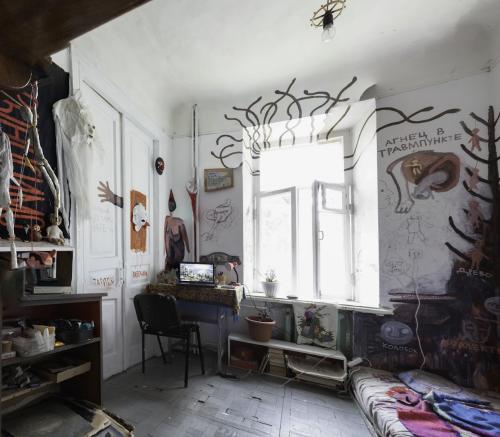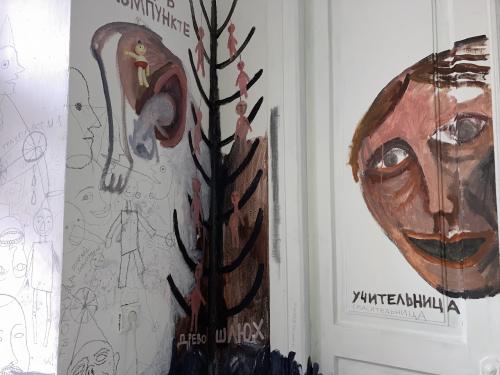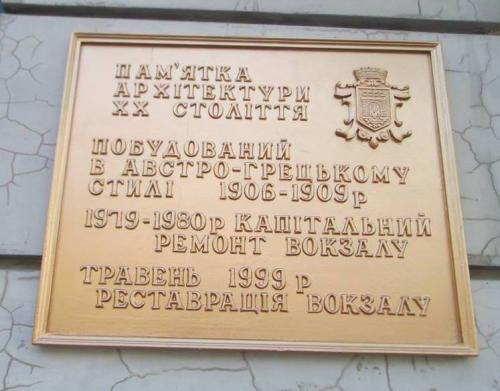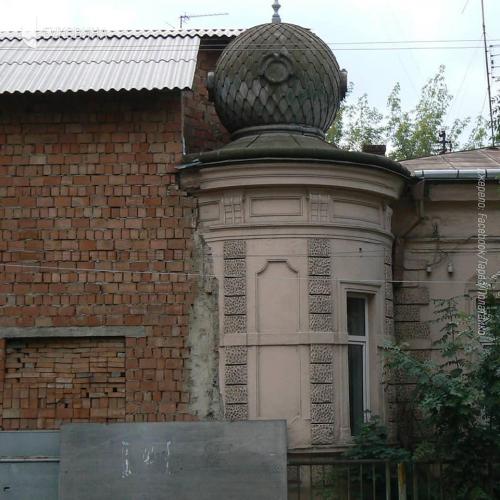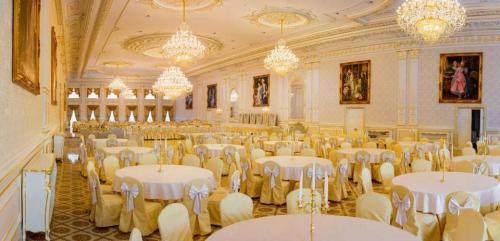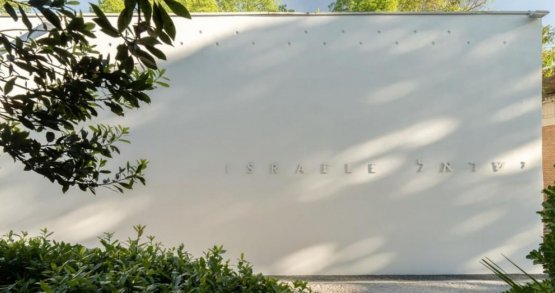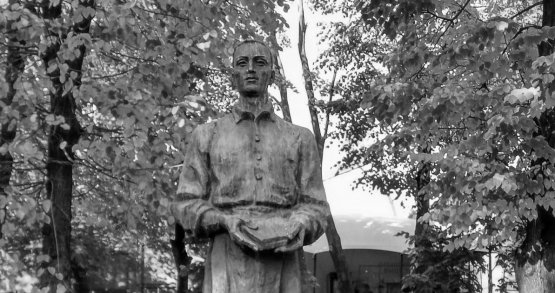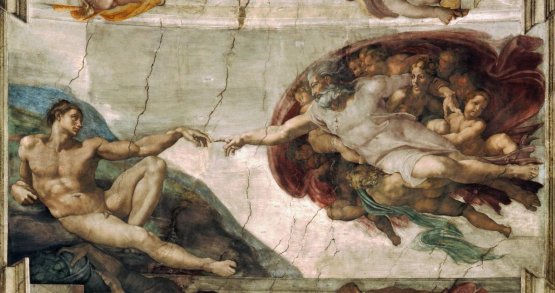“We f**ked up.” Six Ukrainian parafictions in art worth knowing about
Yuliia Manukian
Parafiction, a genre on the verge of fact and confabulation, is gaining momentum in contemporary Ukrainian art. Is post-truth the reason for that?
Parafictions, or counterfactual artistic practices (those offering alternative historic scenarios), delve into the ambiguous connection between the documental and the fictional, intentionally erasing the borders between the two and involving data interpretation, inauthentic narration, historical revisionism and speculations on the future.
According to Nele Wynants, the author of When fact is fiction. Documentary art in the post-truth era, reinterpretation of oral and archived sources often pursues a critical objective — to tear down canonic history, reflect on the contemporaneity or toy with utopias. It is the mystification techniques that teach us a more skeptical perception and consumption of information.
But one should not confuse fiction and illusion. Quoting Oleksandr Sushynskyi, founder of the Laboratory of Aesthetic Research, illusion is the first step towards conspiracy theories offering simple answers to the challenges of the complicated inconstant space of information flows. Parafiction, on the contrary, is an antidote to belief in conspiracy theories.
This text covers six Ukrainian art projects dealing with mystification by critically reflecting on our reality and sometimes forecasting it. There is a good reason why the article’s title features the expressive phrase “WE FUCKED UP” written out on the end walls of old prefabricated buildings — a part of the Soot project by Daniil Revkovskiy and Andrii Rachinskyi. This is a kind of recognition of critical thinking’s defeat with regard to reality, which itself is nothing else but the outcome of utopic plans and visions of all times. Still, the bloody price paid for their realization (through wars and social disruptions) turned them into fiction.
That’s what the first project from the list is about — how utopia becomes dystopia.


